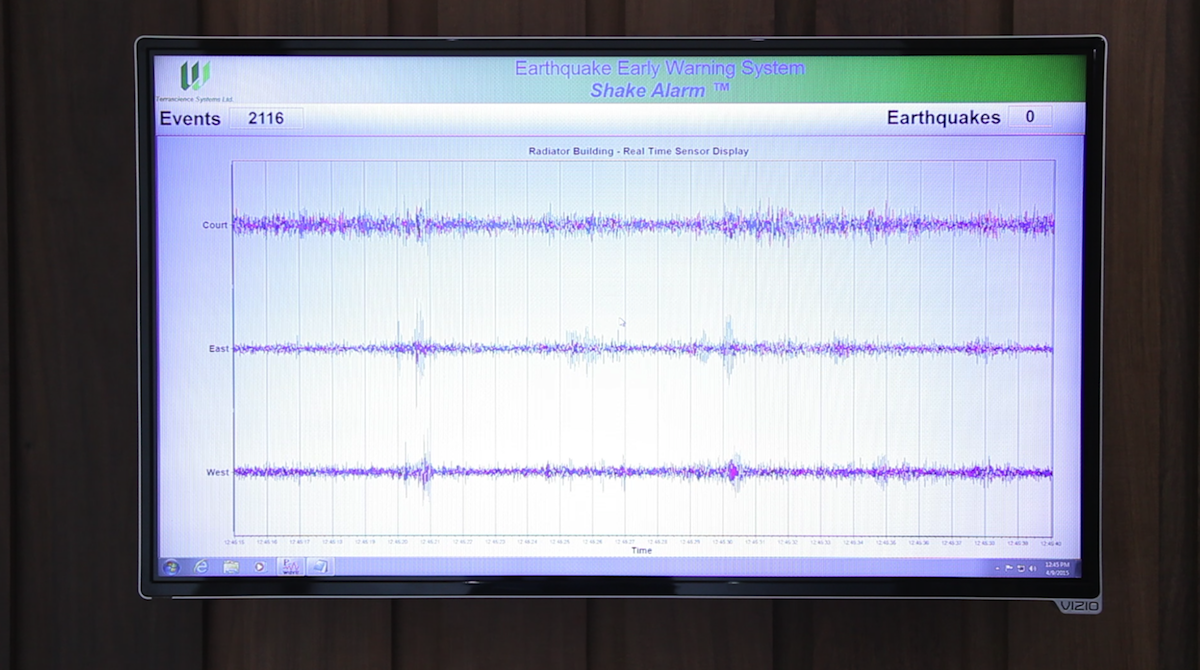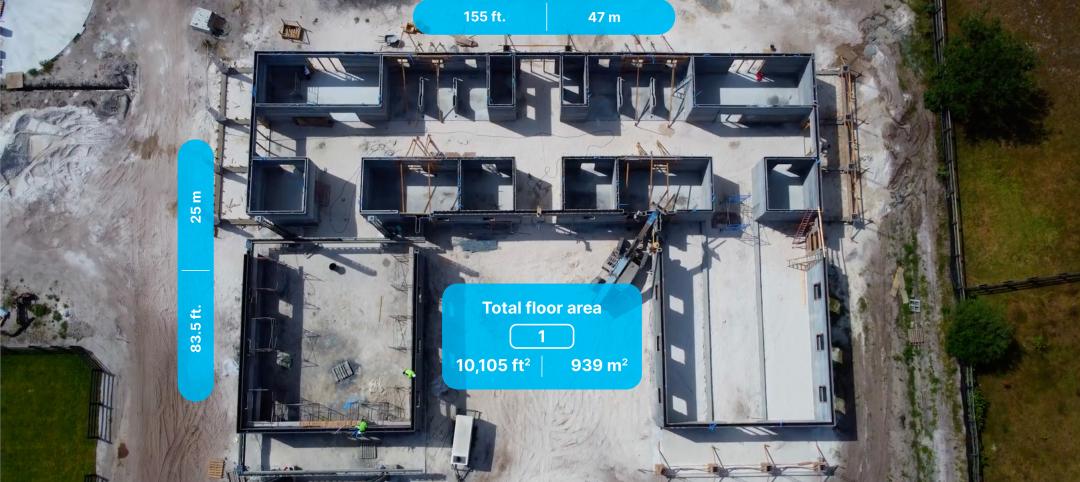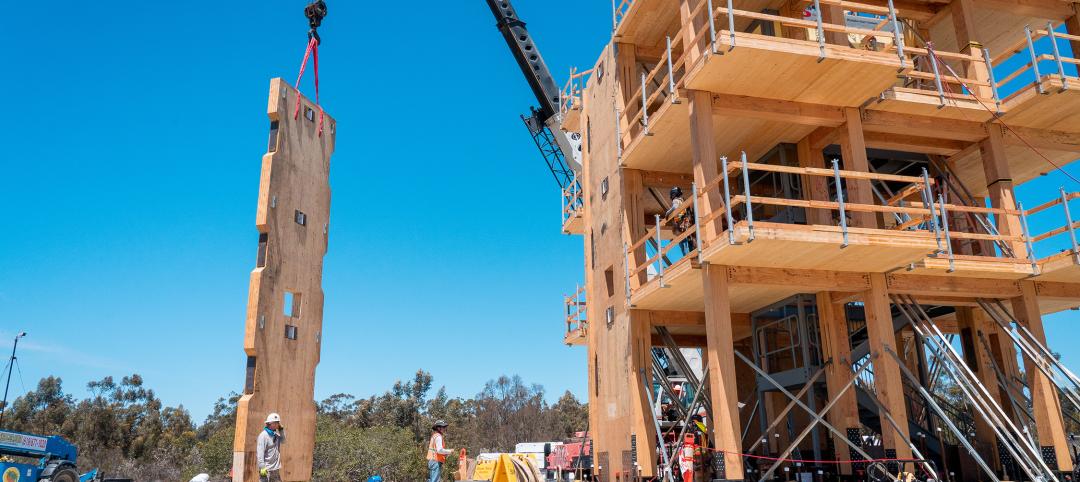CoreFirst LLC, a producer of seismic retrofit systems for commercial and institutional buildings, has partnered with Vancouver, B.C.-based Weir-Jones Engineering Consultants to commercialize Weir-Jones’ ShakeAlarm earthquake early warning system (EEWS) in the U.S.
The first U.S. installation of ShakeAlarm was recently completed at the Radiator Building, a 36,000-sf, five-story, wood-framed office building located in a densely populated neighborhood in North Portland, Ore.
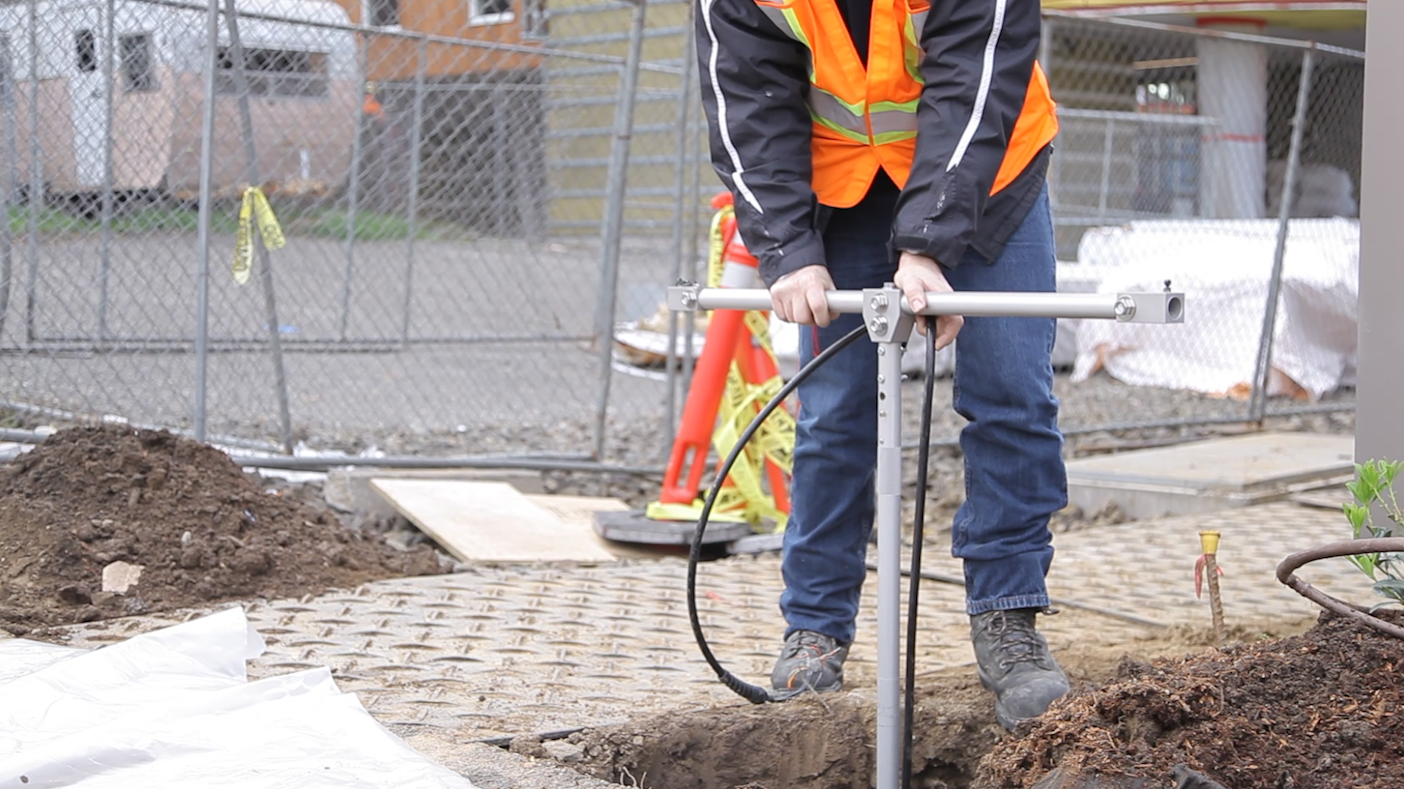 The ShakeAlarm system can recognize and quantify the faster but lower-energy seismic P-wave.
The ShakeAlarm system can recognize and quantify the faster but lower-energy seismic P-wave.
“It’s no secret that the Pacific Northwest is due for a large-scale seismic event,” said CoreFirst Principal Paul Conway. “What we haven’t had in place, until now, is an affordable system for building occupants that can provide critical advance warning and direct them to safety to minimize loss of life.”
The ShakeAlarm system recognizes and quantifies the faster but lower-energy seismic P-wave, which is the precursor to the more damaging S-wave. When used in conjunction with industrial or civil infrastructure control systems, these crucial seconds of warning can be leveraged to minimize runaway failure modes in critical structures, and shut down gas and electricity feeds to infrastructure, thereby minimizing fire risk to assets after a seismic event.
After detecting a P-wave, the ShakeAlarm system will:
• Immediately send a warning text message to the cell phone of every radiator occupant (regardless of whether he or she is in the building)
• Automatically shut down gas and electricity
• Automatically return elevators to ground level
• Open any metered doors
• Activate backup power systems
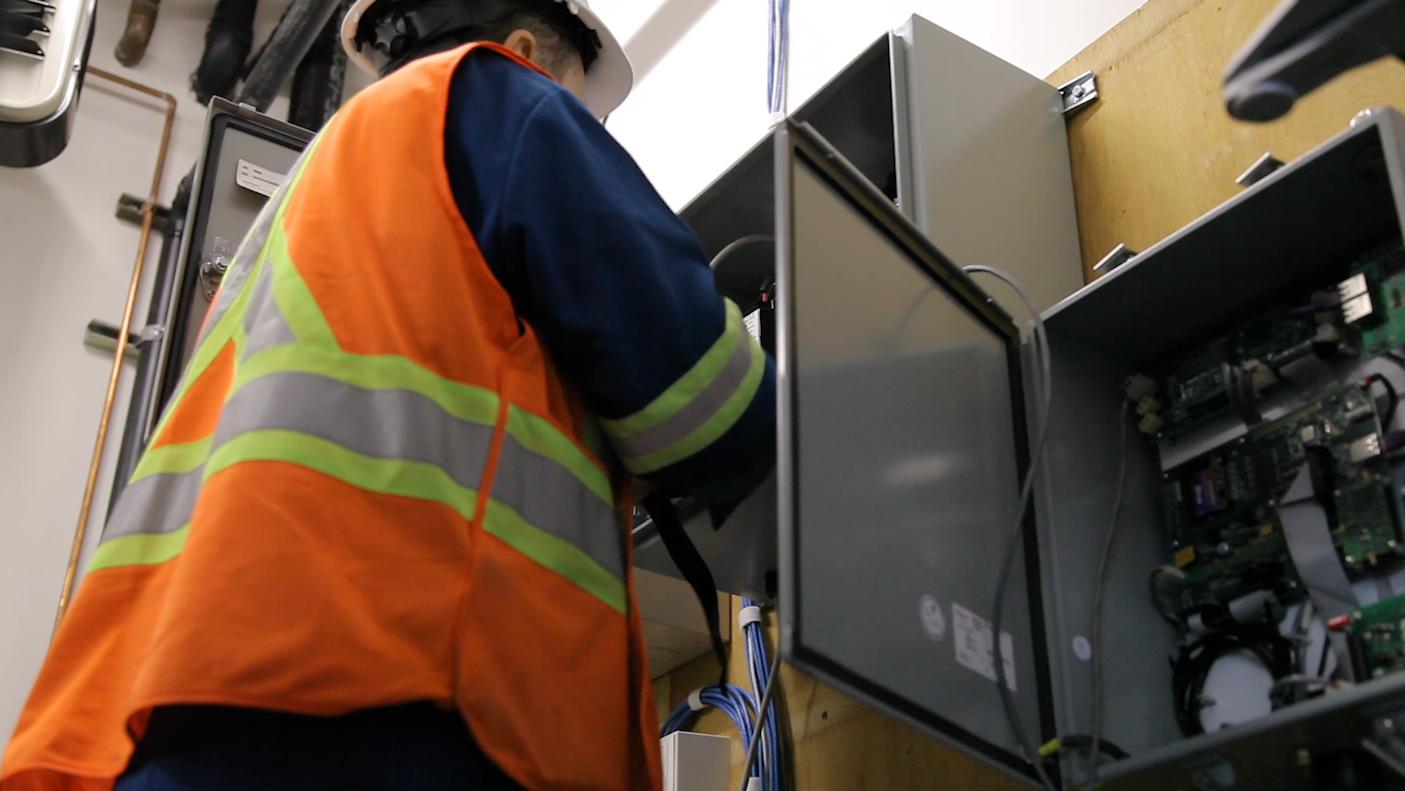 The ShakeAlarm system initiates a number of safety measures once P-waves have been detected.
The ShakeAlarm system initiates a number of safety measures once P-waves have been detected.
Related Stories
Seismic Design | Oct 17, 2024
Calif. governor signs limited extension to hospital seismic retrofit mandate
Some California hospitals will have three additional years to comply with the state’s seismic retrofit mandate, after Gov. Gavin Newsom signed a bill extending the 2030 deadline.
Adaptive Reuse | Jun 13, 2024
4 ways to transform old buildings into modern assets
As cities grow, their office inventories remain largely stagnant. Yet despite changes to the market—including the impact of hybrid work—opportunities still exist. Enter: “Midlife Metamorphosis.”
Resiliency | Nov 16, 2023
How inclusive design supports resilience and climate preparedness
Gail Napell, AIA, LEED AP BD+C, shares five tips and examples of inclusive design across a variety of building sectors.
Office Buildings | Sep 28, 2023
Structural engineering solutions for office-to-residential conversion
IMEG's Edwin Dean, Joe Gulden, and Doug Sweeney, share seven key focuses for structural engineers when planning office-to-residential conversions.
3D Printing | Jun 20, 2023
World's largest 3D-printed building completed in Florida
Printed Farms, known for completing Florida’s first permitted 3D-printed house in Tallahassee, announces the completion of the world’s largest 3D-printed building: a luxury horse barn.
Engineers | Jun 5, 2023
How to properly assess structural wind damage
Properly assessing wind damage can identify vulnerabilities in a building's design or construction, which could lead to future damage or loss, writes Matt Wagner, SE, Principal and Managing Director with Walter P Moore.
Mass Timber | Jun 2, 2023
First-of-its-kind shake test concludes mass timber’s seismic resilience
Last month, a 10-story mass timber structure underwent a seismic shake test on the largest shake table in the world.
3D Printing | May 12, 2023
World’s first 3D-printed medical center completed
3D construction printing reached new heights this week as the world’s first 3D-printed medical center was completed in Thailand.
Seismic Design | Feb 27, 2023
Turkey earthquakes provide lessons for California
Two recent deadly earthquakes in Turkey and Syria offer lessons regarding construction practices and codes for California. Lax building standards were blamed for much of the devastation, including well over 35,000 dead and countless building collapses.
Seismic Design | Nov 16, 2022
SPC-4D: 7 reasons California hospital building owners should act now to meet seismic compliance
Seismic compliance with the applicable California building codes is onerous and disruptive for building owners, especially for a building in the heavily regulated sector of healthcare. Owners of older buildings that house acute care services have a big deadline on the horizon—Jan. 1, 2030, the cutoff date to upgrade their buildings to SPC-4D.


